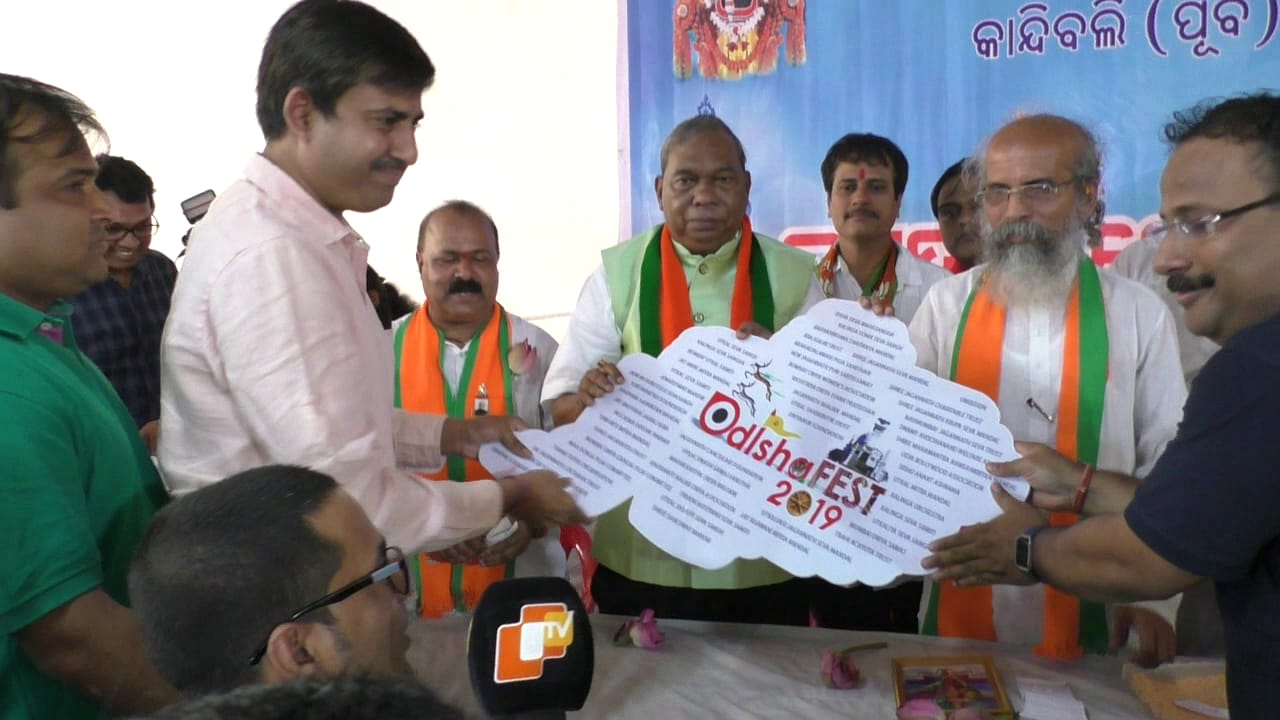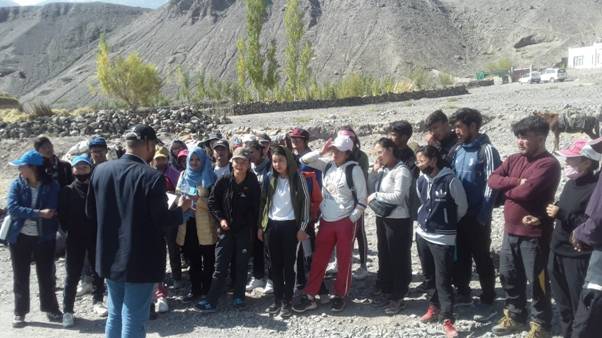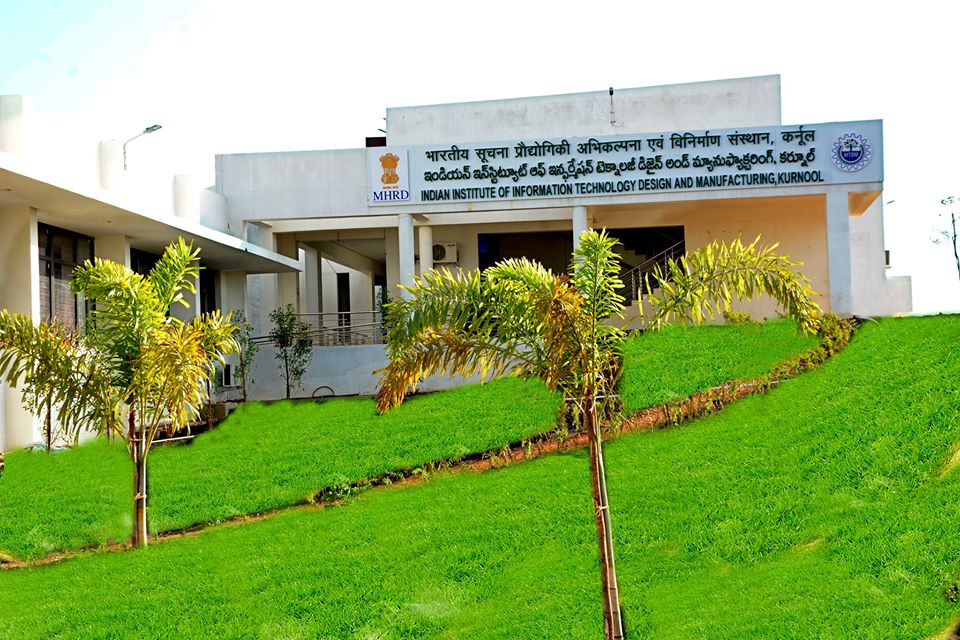New Delhi: The largest overall outbound markets from India are Dubai, Saudi Arabia, Bahrain, the US and Thailand. US traffic is primarily for business, with only 18% leisure. Other top 20 markets which have a low leisure share include China (23%) and Australia (24%).
Dubai, Thailand, France, Singapore and Malaysia alone account for just over 50% of Indian leisure arrivals overseas. Making up the top 10 are Sri Lanka, Hong Kong, Indonesia (primarily Bali), the US and Switzerland.
Outbound leisure travel from India is highly concentrated in a handful of popular destinations, with the top 10 accounting for 70% of Indian leisure arrivals.
Expedia group, the world’s largest online travel company, in association with CAPA India, the region’s leading aviation advisory, research and knowledge practice developed the latest ‘The inflection point for India outbound travel’ report, to enable global travel and tourism operators to better understand the Indian outbound leisure market. The report throws light on Indian consumers’ leisure travel habits and this year’s findings suggest that there is a huge potential in this segment as India contributes to only 4.8 Million leisure outbound trips. The findings also reveal the top outbound destinations for Indian weddings and explain what factors lead Indians to choose and plan their trip.
Mr. Simon Fiquet, General Manager, Southeast Asia and India, Expedia said, “India has a huge latent market for leisure travel owing to the burgeoning middle class, rising disposable incomes, higher need and awareness around travel being pushed by millennials. The report suggests that India has a promising potential, as only 30% of the total departures from India account for leisure travelling, which stands too small as compared to a global average of 53%. Some measures like introduction of more non-stop connecting flights, delivering value for money and simplifying the visa registration processes are a few key steps which can encourage the outbound leisure market to reach its true potential in India. By 2025, we expect 13.9 million leisure departures, leading to 19.4 million Indian visitor arrivals overseas, with a major contribution from Tier II and III cities.”
“Our research indicates that there is significant and rapidly rising interest in overseas holidays from India. And that the market is far more diverse – and includes sophisticated segments with an ability and willingness to spend – than most destinations realise. Similarly, there will be large numbers of first time travellers entering the international holiday market every year. India comprises multiple and varied markets. This points to the need for airlines, tourism boards and travel companies to invest much more in understanding the Indian travel landscape, and to pursue a more segmented approach to product development and marketing in order to grow volumes”, said Mr. Binit Somaia, Director, South Asia, CAPA – Center for Aviation.
India Travel Market:
Indian outbound leisure market is estimated to be 4.8 million trips, representing just 30% of total departures, the leisure share is significantly lower than the global average of 53%
In 2016, there were 21.9 million departures by Indian nationals, according to the Indian Ministry of Tourism. This includes travel for all purposes e.g. business, leisure, education, visiting friends & relatives (VFR) and others, by both resident and non-resident travellers. These travellers spent USD16.4 billion in 2016. Business travel accounted for 26% of outbound trips, while visiting friends and relatives, employment, education, pilgrimage and others accounted for the balance 44%
By 2025, there will be estimated 13.9 million leisure departures, generating 19.4 million Indian visitor arrivals overseas, a CAGR of 12.2%. Traffic from tier-II Indian cities is expected to contribute significantly to the next phase of growth in outbound travel
Who is travelling:
Indian millennials are more adventurous and confident and more inclined towards discretionary consumption of activities such as travel, as opposed to saving. They prefer independent travel over group tours
45% of 18-25-year olds went on their first international trip either with friends or by themselves
Indian baby boomers are the fastest growing age group in some destinations such as Canada and New Zealand and prefer group travel
Where do Indians holiday:
The largest overall outbound markets from India are Dubai, Saudi Arabia, Bahrain, the US and Thailand. US traffic is primarily for business, with only 18% leisure. Other top 20 markets which have a low leisure share include China (23%) and Australia (24%).
Dubai, Thailand, France, Singapore and Malaysia alone account for just over 50% of Indian leisure arrivals overseas.
Making up the top 10 are Sri Lanka, Hong Kong, Indonesia (primarily Bali), the US and Switzerland.
Outbound leisure travel from India is highly concentrated in a handful of popular destinations, with the top 10 accounting for 70% of Indian leisure arrivals
Amongst the 10 leading leisure destinations, India was the largest source market for Dubai and Sri Lanka, and 4th for Singapore
The majority of the top 10 leisure destinations are within 5-6 hours flight of India. France was the leading long-haul leisure destination, followed by the US and Switzerland
Where would Indians like to go?
Travel agents report notable growing interest, albeit off a low base, in South America (primarily Brazil, Argentina and Peru); Eastern Europe and the Balkans (Czech Republic, Slovenia, Croatia and Greece); Northern Europe (Iceland and Norway); Asia Pacific (Bhutan, Cambodia, Maldives and the Philippines), as well as Israel, Jordan and Morocco
The United States emerges as the leading aspirational destination across metro and non-metro travellers, as well as those that have never travelled. Australia and New Zealand ranked second and third respectively in metro locations. Switzerland ranked higher amongst those that have never travelled
How much do they spend?
For an average short haul outbound leisure holiday, Indians spend about USD857 per trip per person, while for an average long-haul leisure holiday Indians spend roughly USD1,687 per trip per person
Accommodation generally accounts for about 35% to 50% of total vacation spend. 50% of respondents budgeted USD75-150 per room per night for leisure travel, with 35% spending less than USD75.
Impact of LCCs on affordability of travel
India has seen strong growth in both domestic and international passenger traffic over the last five years (FY2012-2017), which have grown at a CAGR of 14.0% and 8.6%, respectively. LCCs have had a dramatic impact on air travel by making it more affordable and now command 67.2% of the Indian domestic market
International traffic carried by LCCs grew at a CAGR of 17.2% over the period FY2012–2017, much faster than the overall growth of the market. As a result, LCCs increased their international market share from 14.5% in FY2012 to 22.9% in FY2017, with relatively faster expansion in tier-II cities such as Amritsar, Lucknow and Jaipur, among others
Impact of technology on access to travel
Online travel agents have grown to become a major force in the distribution of domestic travel. Their presence in the international segment is smaller, but rising, with OTAs estimated to account for around 14% of international flight bookings
Research indicated that Indian travellers prefer to use OTAs than airline/hotel websites. ‘Ease of booking’, ‘ability to compare prices’ and ‘better deals’ were the key reasons. Up to 35% of those surveyed stated that they did not require the assistance of an offline agent to book international travel
When do they travel?
The peak season for such travel from India has traditionally been from mid-April to June, because of summer school holidays; and again, from October to January, due to the festival period, the New Year break and the wedding season, which drives honeymoon travel. This is particularly so in the case of short haul travel
However, for longer haul travel to northern hemisphere destinations, there is a much more distinct single peak season between April and June
Emerging travel segments
Special Interest Travel
A growing number – particularly among the younger demographic – are no longer content to simply sightsee, shop or relax. Activities range from taking cookery classes to learning to dive, overland adventures, or playing golf. For example, the analysis indicates that 5000-6000 Indians travel to Scotland each year to play at courses such as Gleneagles or St. Andrews. While the number going on golf holidays in Thailand – which offers a more cost-effective proposition that is also close enough to be a spontaneous, short break destination – is estimated to be over 30,000.
Cruising
Over the last five years the market is estimated to have tripled in size from 50,000 to 150,000 cruise passengers from India. However, this still only represents around 3% of the outbound leisure market
Singapore is the most popular embarkation port with almost 100,000 passengers in 2016, which made Indians the largest foreign nationality boarding ships from the Singapore Cruise Centre. The Mediterranean and Alaska are the two most popular destinations outside of Southeast Asia, however due to their higher cost, they tend to appeal more to baby boomers rather than family groups
Destination weddings
Weddings in India are an important cultural phenomenon, with families spending a sizeable proportion of their lifetime savings on such occasions. The most popular locations have traditionally been Thailand and Dubai. Locations such as diverse as Austria, Bali, Mauritius, Sri Lanka, Ras al Khaimah and Turkey are increasingly positioning themselves as wedding destinations
Weddings, even those in India, also stimulate international travel for honeymoons. The most popular destinations are not dissimilar to those for the market overall. However, agents are reporting an increasing trend of requests to honeymoon in locations where there are less likely to be other Indian tourists
Event-based travel
Planning holidays around specific events – be they music, cultural, or sporting – is most popular amongst travellers aged 26-35 residing in tier-1 cities
Movies (both Western and Indian), TV serials and social media are the key drivers of interest. Similarly, there was a strong desire to post on social media about attending such events
Resort travel
Although Indians have traditionally not been beach-goers, our research and survey showed strong growth and interest in resort holidays for relaxation. This is particularly true for young professionals aged 26–45 years and married couples. Destinations such as Mauritius, Maldives and Seychelles are especially popular with honeymooners
Constraints to Travel
Cost of Travel:
Less than 5% of Indians had taken out a personal loan or holiday financing to pay for international travel, but 16% said that they would be interested
Most of those responding in favour of a travel loan had annual household incomes of less than USD30,000 and a majority were aged 18-35 years
Connectivity
80% of long haul international passengers from India have to connect at least once en-route to reach their destinations. Most of the foreign carriers are operating at average year-round load factors of 85-90%, suggesting that some traffic is being displaced during peak periods
The Government of India is expected to permit only incremental liberalisation of bilateral in the near term, at least until 2019
The destinations with strong leisure potential that are likely to appear on the route networks of Indian long haul LCCs include New York, London, Paris, Rome, Amsterdam, Istanbul, Tel Aviv, Johannesburg, Cape Town, Mauritius, Bali, Sydney and Melbourne
Re-engined narrow body equipment, such as the A320neo or 737 MAX aircraft, with their longer range and lower unit costs, could enable LCCs to launch non-stop routes from India to numerous holiday destinations—such as Phuket, Siem Reap, Manila, Hong Kong, Ho Chi Minh City, Hanoi, and Seychelles—which are not viable today. Indian carriers currently have close to 800 such re-engined aircraft on order
Visa Restrictions:
There are only a handful of popular outbound destinations for Indians that permit visa-free entry, visa-on-arrival or a relatively simple electronic application for Indian nationals
The application process is onerous, requiring the submission of lengthy forms and accompanying documents, consuming several weeks and, on occasion, requiring a face-to-face interview. This rules out spontaneous travel
Visa situation is improving, with numerous destinations now implementing measures to make the process easier by enabling online applications and expediting processing. Whilst others are relaxing requirements for those that may have already been approved for a US, UK or Schengen visa on the basis that they have already been vetted by countries with stringent processes
Limited investment in understanding the market
Marketing, product development, customisation for local preferences, value proposition and distribution will play a critical role in determining which destinations are able to secure a larger share of volumes and spend
The primary mistake that destinations make is to view India as a single market, and one that is at a relatively early stage of travel sophistication. The result in many cases is a generic marketing strategy focused on volume, which fails to address the diverse segments that exist. In India, each city requires their own tailored approach. Delhi differs from Chennai and within each region or city there are significant variations in preferences and behaviour based on age, income, level of travel experience.









